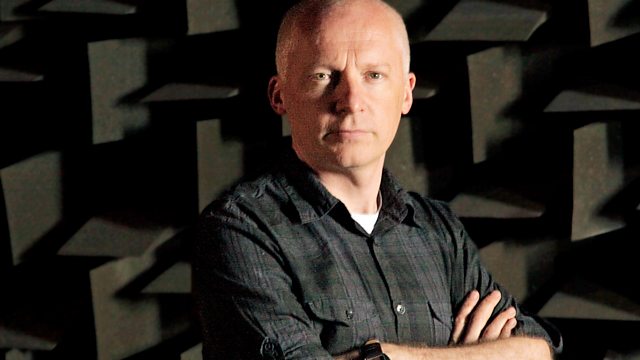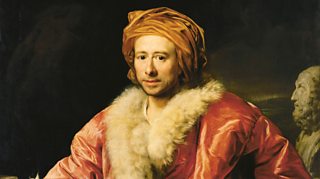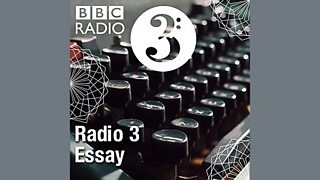Music
Mathematician Marcus du Sautoy explores the maths that underpins some of his favourite musical compositions, starting with Philip Glass.
Mathematician Marcus du Sautoy untangles the fascinating maths hidden beneath the surface of some of our great contemporary and historical works of art. In this edition, he starts with composer Philip Glass.
Maths and music are often coupled together: rhythm, after all, is about counting and harmony is about the numerical relationships between notes. But the mathematical complexity of certain pieces of music, notably by the composer Philip Glass, goes far beyond these basic connections. Glass is the secret mathematician whom Marcus du Sautoy has chosen to focus on in his essay on music. From one of his earliest and simplest compositions 1+1 to his great opera Einstein on the Beach, Glass employs a mathematical method he calls the additive process to compose his work. But Marcus believes that this highly mathematical creative process doesn't produce cold, unemotional music. In fact it appeals to an innate tendency in our brains to seek out and spot patterns.
Glass is not the only secret musical mathematician to feature in Marcus's essay. He also talks about the work of Olivier Messiaen, Arnold Schoenberg and Indian tabla players of the eighth century. Maths pervades the world of music: As Stravinsky once said "the musician should find in mathematics a study as useful to him as the learning of another language is to a poet. Mathematics swims seductively just below the surface.".
Last on
More episodes
Broadcast
- Wed 3 Feb 2016 22:45成人快手 Radio 3
Death in Trieste
Watch: My Deaf World
The Book that Changed Me
Five figures from the arts and science introduce books that changed their lives and work.
Podcast
-
![]()
The Essay
Essays from leading writers on arts, history, philosophy, science, religion and beyond.





